DOG TRAINING OFFERED IN-PERSON AND ONLINEOur dog training services are delivered in almost any format that meets your needs. We have GROUP CLASSES at our indoor and outdoor facilities on our farm, ONLINE LIVE STREAMING classes, and SELF-PACED VIDEO-BASED training through our Online Dog Training Course. Our PRIVATE TRAININGS can be done in-home, outside, in public dog-friendly locations, at our facility on our farm, online via phone or video conferencing and through email. |
The period of April, May and June of 2022 of Blitzen's life included his 2nd birthday. He turned two on May 11th.
This time period also included finally getting Blitzen's MRI completed.
While we do not want to do anything that overly stresses him, we also have to be very careful about what happens AFTER a very stressful event for him. Blitzen is not one who easily moves on and let's go of things. A stressful event can affect him for quite some time afterward. That could be several hours or several days. Or even longer.
The additional medications we tested during this time did not give us our desired results. The good news was that none of them further agitated him. So far, trazadone is the only medication we have seen that makes him WORSE. The other meds we have tried all seem to have no effect at all or so minimal as to not be helpful.
By early June, we had decided that we should not wait any longer to get his MRI and further testing completed. We have been at a standstill for the past several months without being able to do further testing or make any progress on his pain issues.
So we scheduled his MRI for mid-June and decided we would do the best we could to minimize the stress or potential trauma for him.
We arrived at Wheat Ridge Animal Hospital at 8:30 am the day of our appointment. The appointment was scheduled for 9 am. We wanted to make sure we arrived early enough to walk him around a bit and settle in after the 50+ minute drive. We did not want to arrive and have to rush in. He does better with a chance to acclimate first.
We met with the neurologist first and discussed everything. She talked us through what they would do. And we discussed the best way to sedate him with the least amount of stress and trauma.
During the consult and the waiting around in the exam room for everyone to be set up and ready to go, Blitzen did AWESOME! I brought his mat that we practice muzzle training, paw handling, being calm, and cooperative. As soon as I put it down, he laid down right on it and looked at me. He knows the drill!
Unfortunately, the day of an MRI, he could not have any food. Normally, I would be supplying him with LOTS of treats for being such a good boy. That was not possible, so I had to make do with lots of praise. And I also brought along a few fun toys for him to engage with.
He was so well-behaved and patient in the exam room, and we were there for a good two hours before they were ready to sedate him. Such a good boy!
While it would have been much better if we could have found some medication to give him in advance that would have calmed him, that was not possible at this time. However, we did give him gabapentin the day prior and the morning of the MRI in hopes it would help just a bit. We also gave him Cerenia before we left him to help minimize any nausea he might experience.
We determined that the best option for sedation would be the route that would get it done the fastest to minimize the amount of time that he would be stressed. And also the safest for everyone involved, since we do know that Blitzen will bite when highly stressed. No matter what we did, we knew he would be stressed.
Though I have been working on his muzzle training since he came to us, I knew that trying to get his muzzle on in that environment WITHOUT any treats was not going to go well. (NO food the day of the MRI, unfortunately!) So we needed to choose an option that kept everyone safe and did not give him the chance to bite anyone.
What did that look like? A slip lead was put on him. He was led behind the door, and the lead was then threaded between the door and the wall where the hinges are – so that small opening behind the door. With the door open as far as we could to wedge him in that small corner, the vet tech then came behind him and quickly jabbed the needle into his backside.
Was it stressful? Oh my, yes, it was. For Blitzen mostly, but I found it very distressing too. Blitzen screamed, peed himself and then it was over very quickly. It took a matter of seconds for him to melt into the floor and he was sedated. Stressful, yes, but it was very short. No prolonged stress that we would have been dealing with otherwise.
Then they wheeled him off for his MRI. Normally, we would have done bloodwork prior, but that was done while he was sedated. We also had him checked over for things that would normally be done in a general exam by our general practice vet. Check the ears, check his heart, etc.
He was sedated around 11 am or shortly after. He was brought back into the exam room to pull him from his sedation around between 2:30 and 3 pm. They felt he would be most comfortable coming out of sedation with me there and in a quiet room. It took quite some time to come out of sedation.
Although they give him reversal drugs to help wake him up, it took quite a long time to wake him up. He was quite groggy and disoriented. And cold. They had a heating pad and blankets on him to keep him warm.
While I was talking to him, I was not petting him or too close. Sometimes when dogs come out of anesthesia, they can be disoriented and not recognize us. So I kept a safe distance so that he would not bite me.
It was close to 4 pm, and he was still not wanting to get up. Though he was awake, he was still quite disoriented and not showing much awareness of his surroundings or us. No amount of encouragement on our part was getting him up.
They decided to load him onto the gurney and wheel him outside. We hoped feeling some fresh air would help get him a bit more alert and wanting to move.
Before he woke up, we put a plastic cone on him just in case he tried to bite anyone when we were moving him. He was lifted off the gurney and able to walk with a lot of assistance (he was very wobbly) to our vehicle. Much too wobbly to use the ramp we had for him to get in the vehicle, so he had to be lifted in.
He was able to walk into the house when we got home with some assistance. We then separated him from the other dogs and let him sleep. We got home around 5 pm. He slept until about 6:30-6:45. We then were able to get him to walk outside. Just for a minute, then back inside to lie down again.
I was able to get him to eat just a few treats that evening, but no dinner.
So, what did we learn from the MRI? Well, we did not get any answers to what is causing his pain. His spine and everything can tell from the MRI looked pretty normal. While it would be nice to have some answers, it's good that he does not have any serious spinal issues that could require surgery or life-long management (like reduced activity, etc.)
The took spinal fluid and did not see any issues there either.
Infectious panel results all came back negative as well.
We kept him away from the other dogs the entire next day to make sure he was feeling back to normal and the other dogs were not paying him too much attention from smelling “weird” from having been at the animal hospital all day.
By the day after, everything seemed back to normal. Fortunately, he did not seem any worse for the ordeal we put him through.
But that is partly due to the fact that we carefully prepared with the vets to ensure the medications he was given during sedation helped him to forget most of the entire event.
The neurologist, for now, has recommended keeping him on a couple of pain meds to see if that helps him feel better. Even though we still do not know WHAT is causing the pain issues, we do know he has them. So we will see how he does on some consistent pain meds for a while.
We were hoping to have more answers, but at least we have ruled out some of the more serious stuff that it could have been.
Our goal is to positively impact the lives of as many dogs and their families as we can, in part through our extensive library of video, infographics and text articles. |

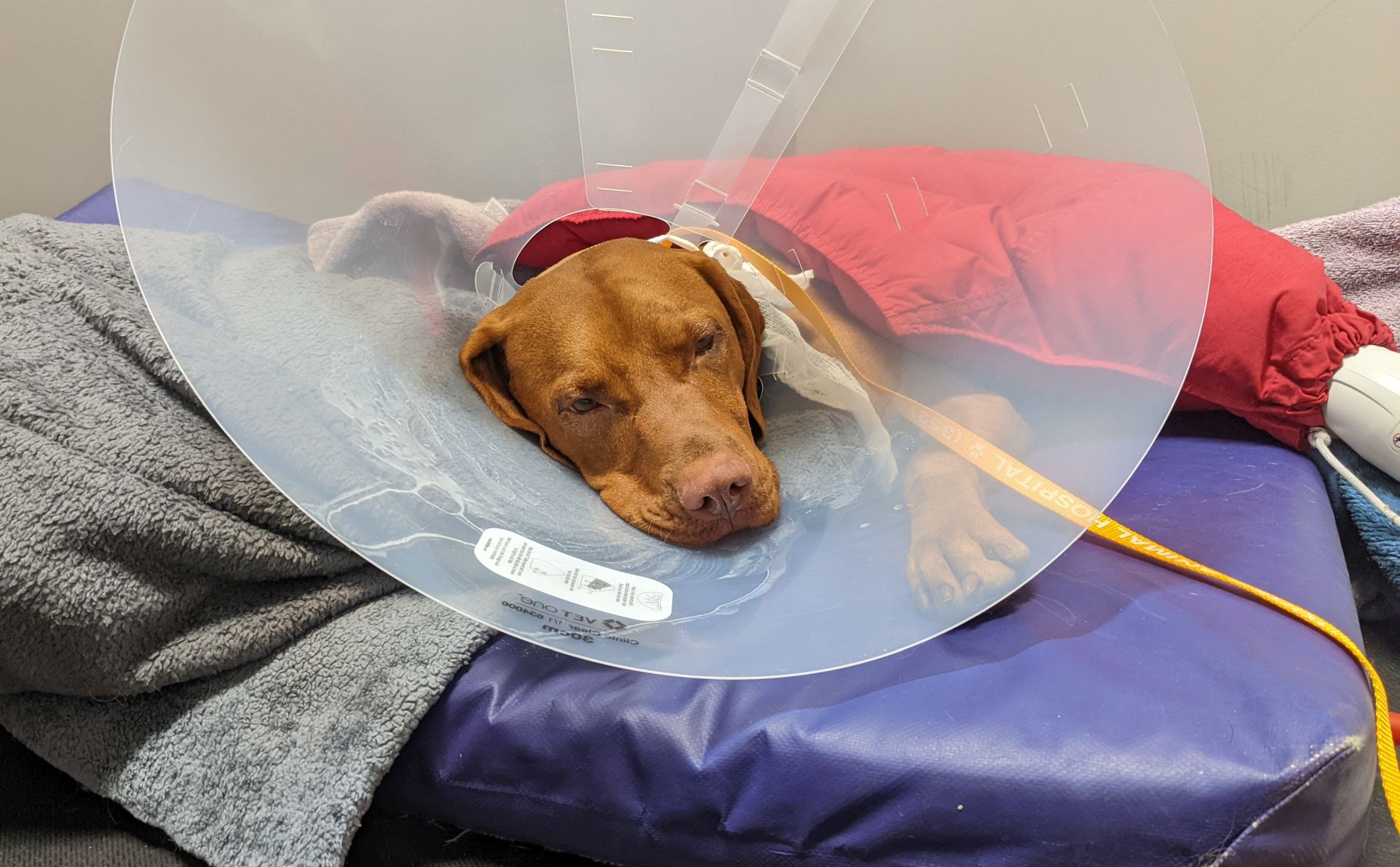
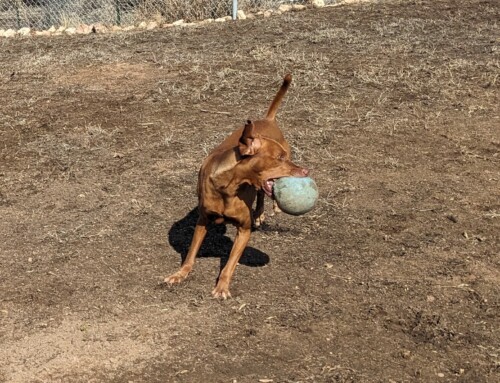

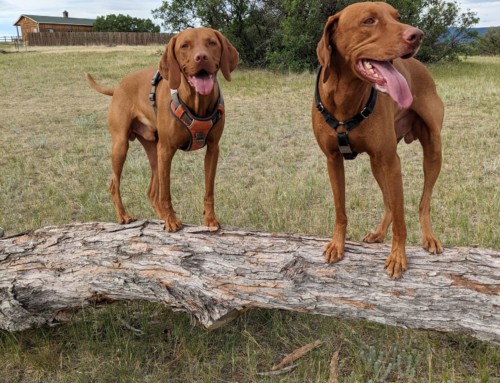

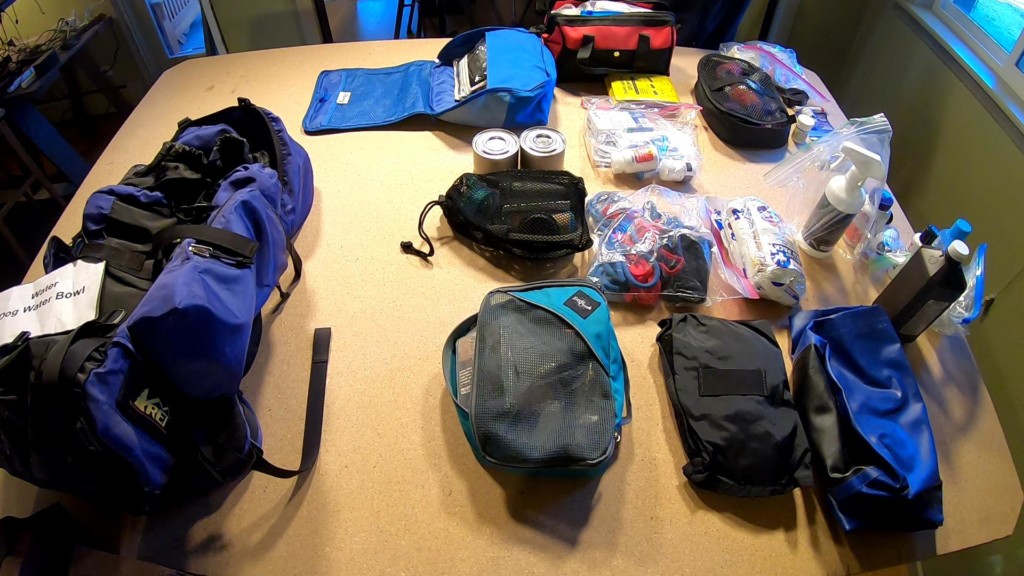

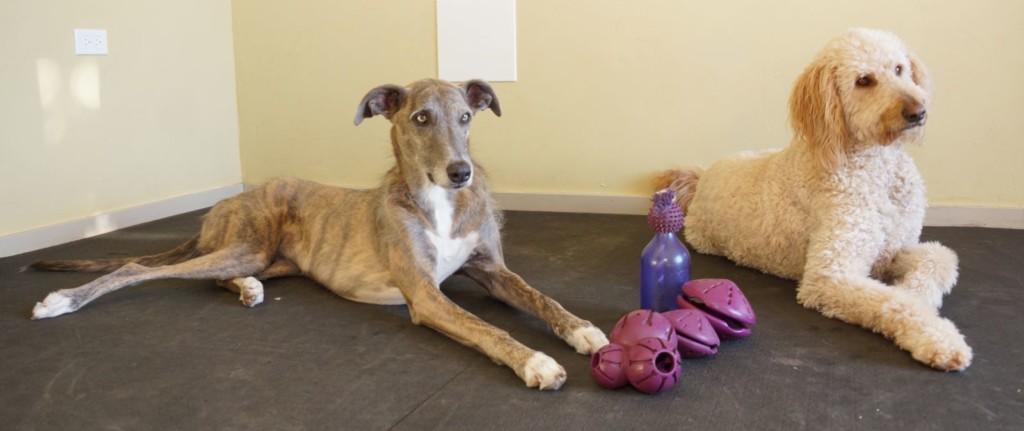
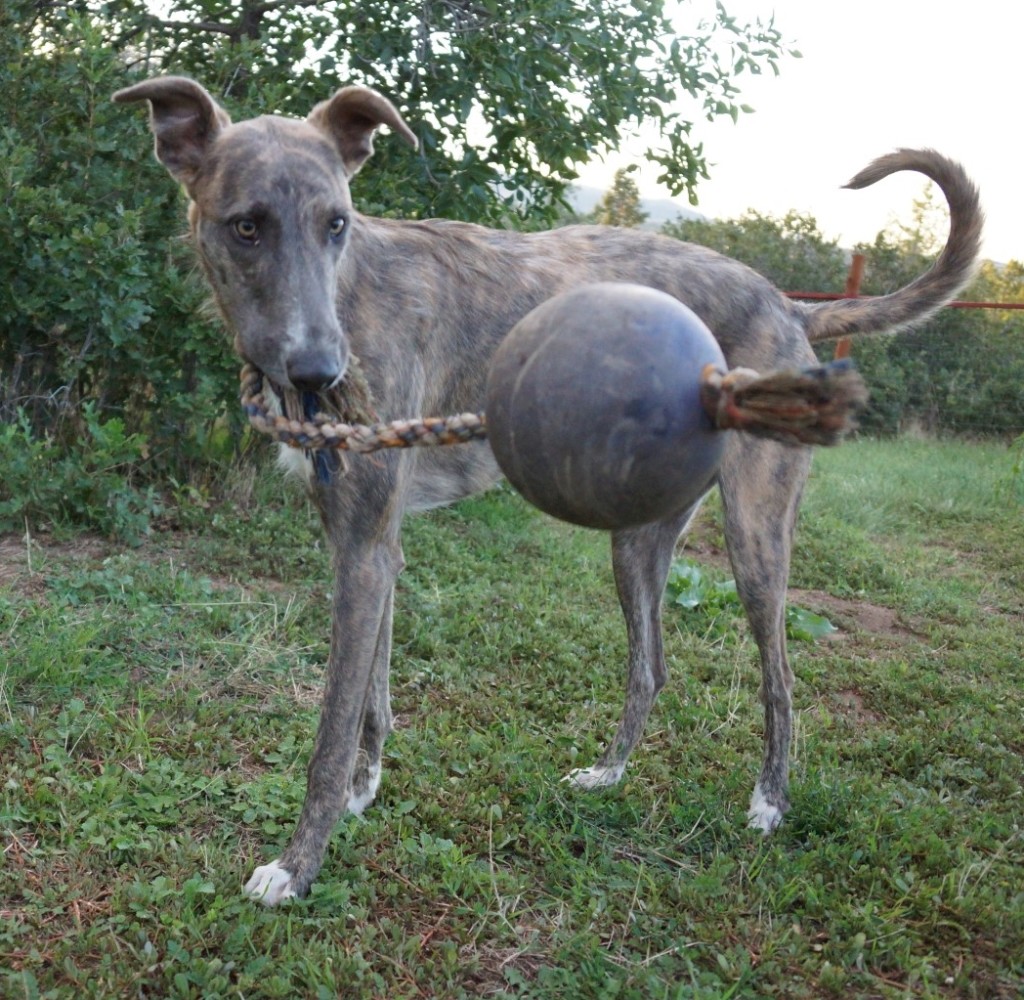
Leave A Comment